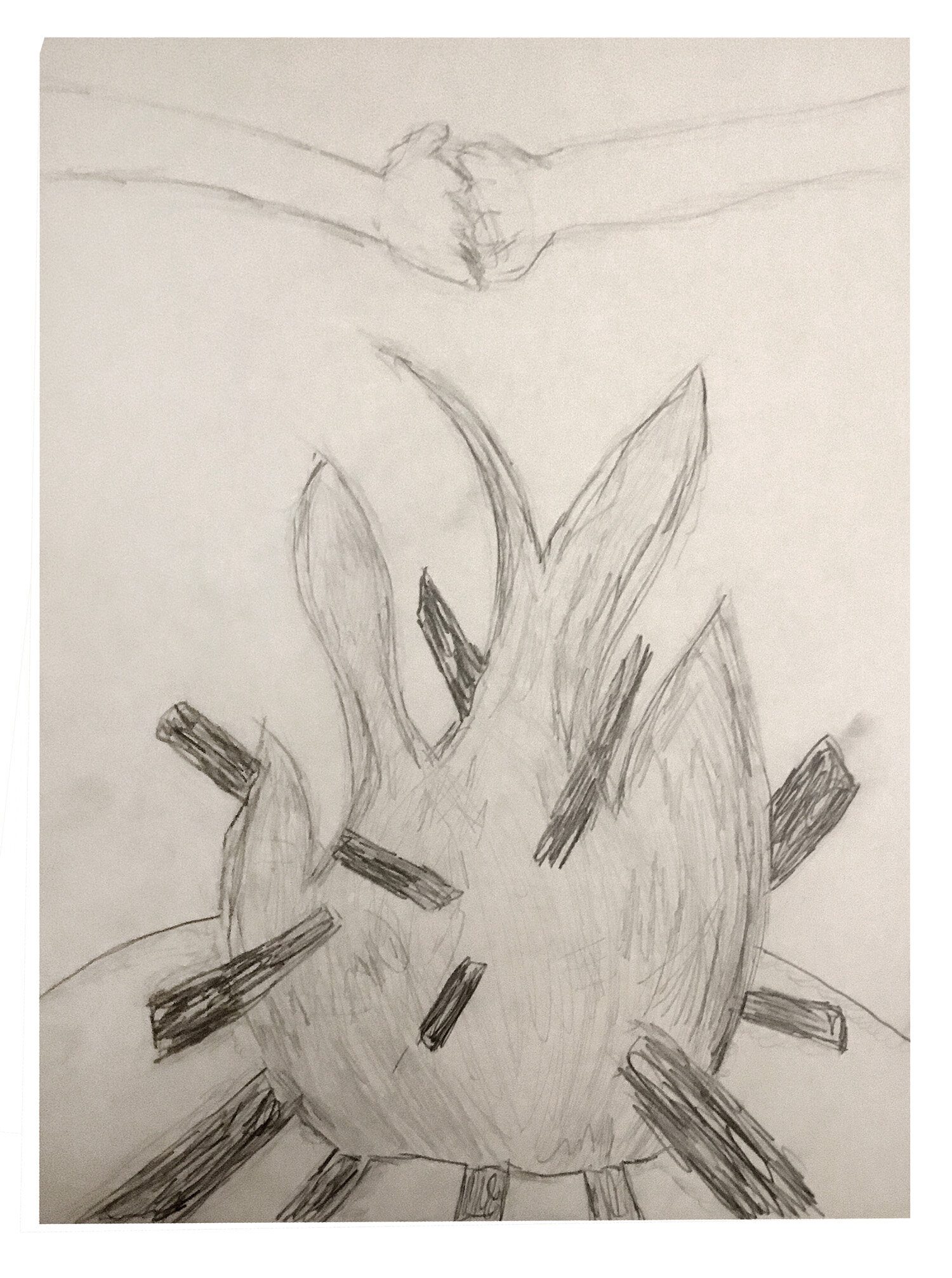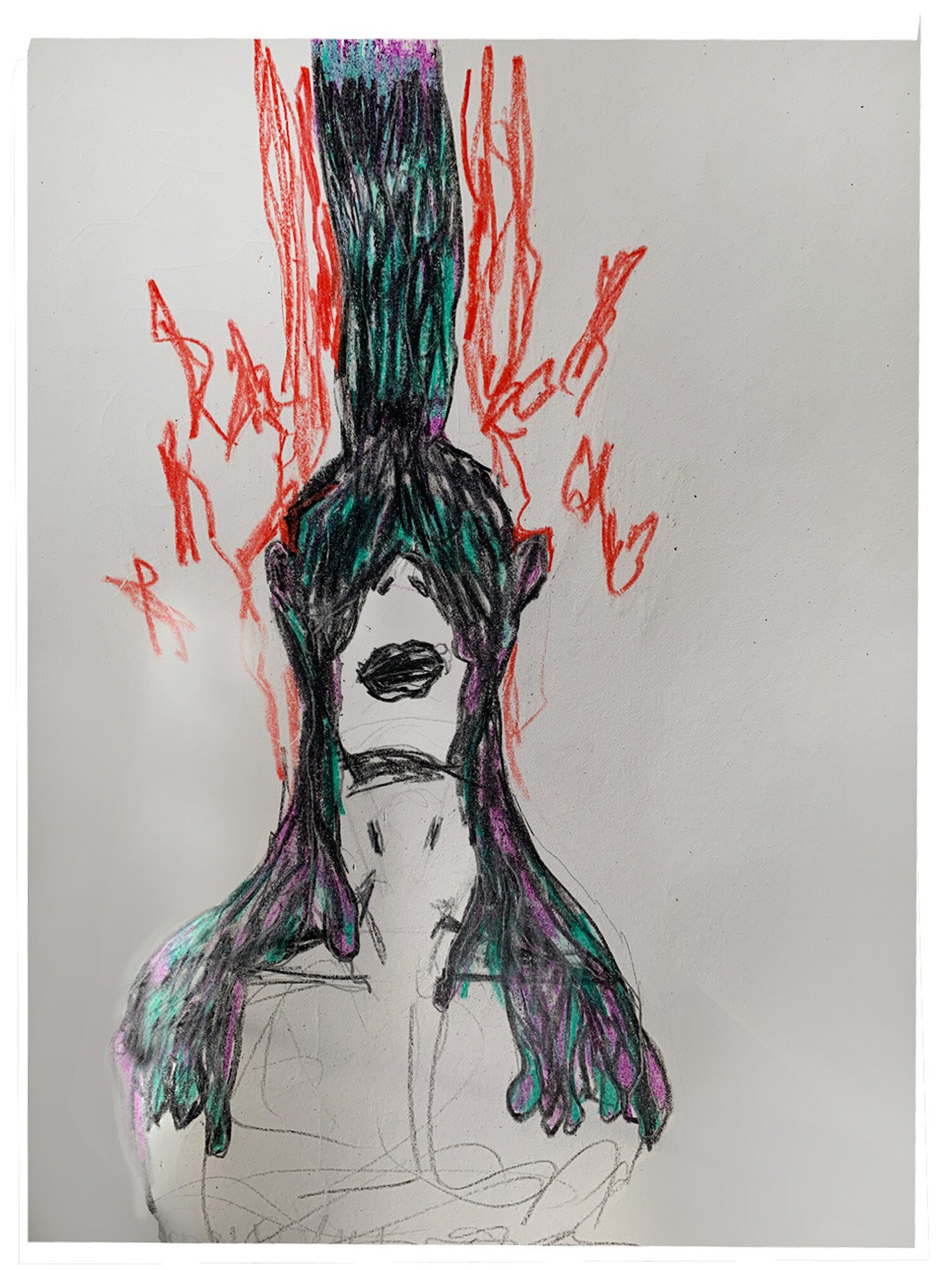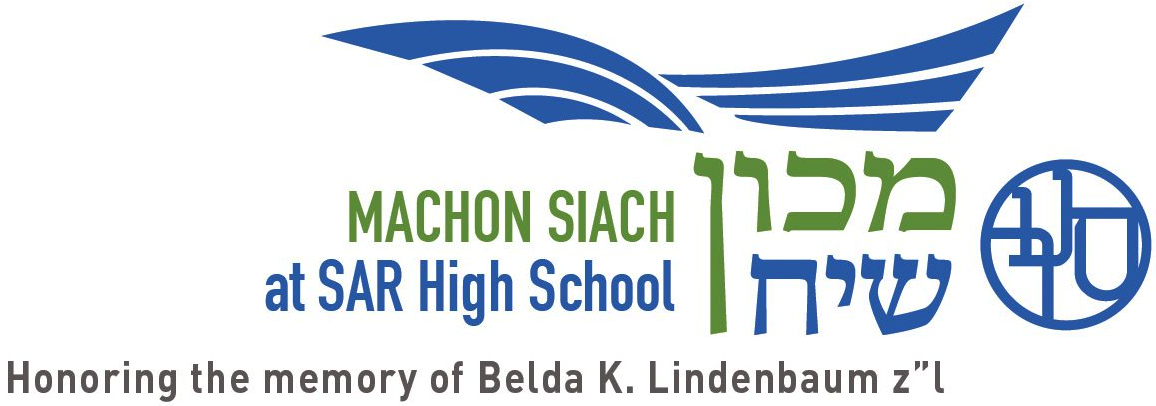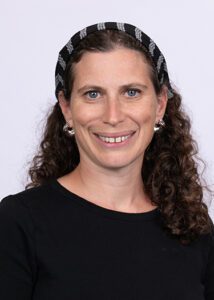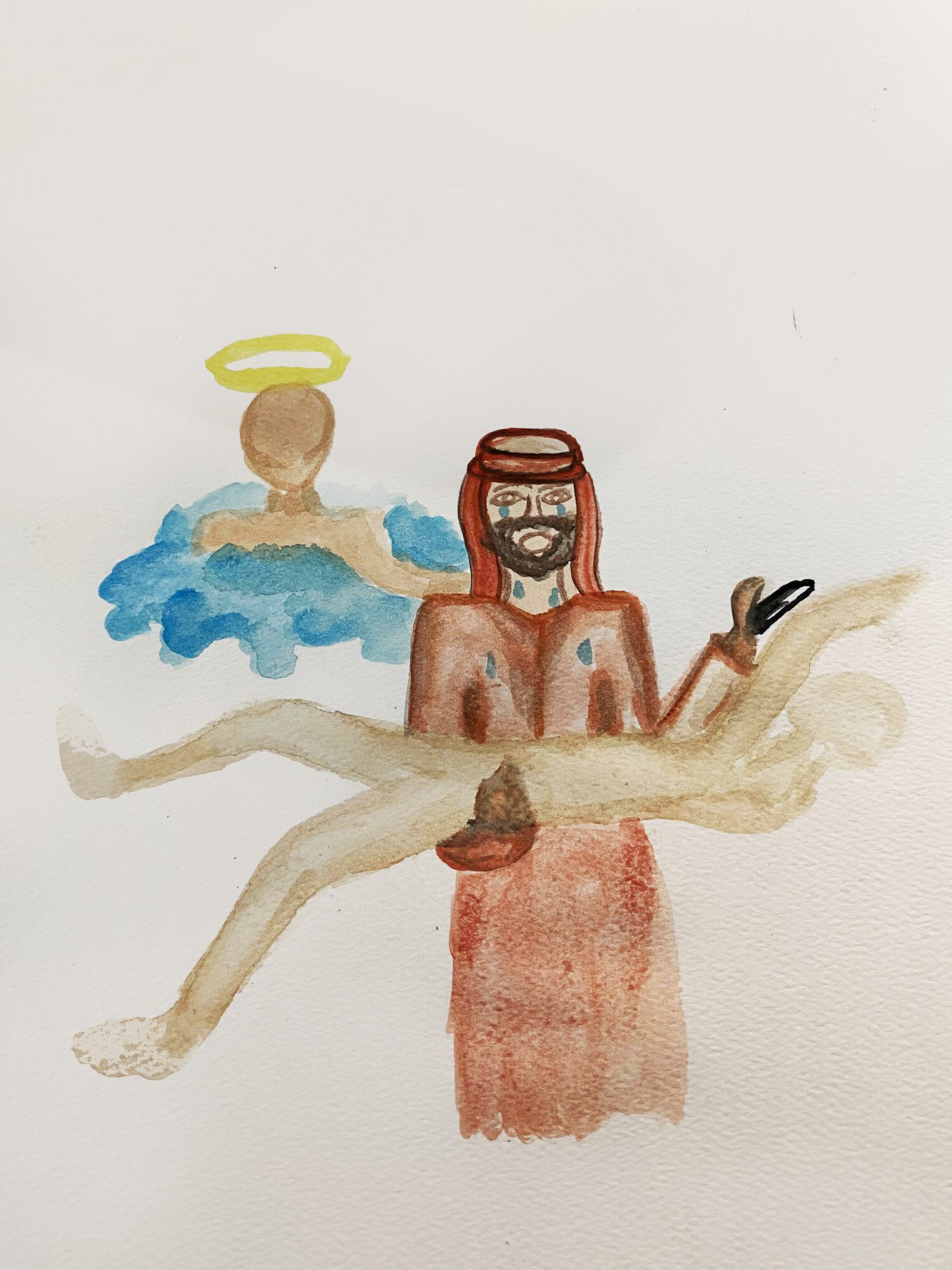
The Art of the Grand Conversation
It was a week into Hive Live, and I decided to take a calculated risk. My 12th grade Tanakh class was deep into exploring Avraham’s legacy. The Akedah was our next story; like all the stories in Breishit, the Akedah would be familiar to my students, this one, perhaps even more so. Would they be open to thinking about it in new ways? Reading closely and with attention to detail, the students would be able to think deeply about the many intense, complex issues that the Akedah evokes. But how to do it on Zoom? Could we have a serious discussion while reading psukim? Would they be willing to share with each other, with all the boxes dividing us from each other?
That’s when I called Mr. David Wander in the Art Department for help. Over the past few years, I have been remarkably privileged to work with Mr. Wander to experiment with a unique way to address the challenge of Tanakh sense-making for high school seniors. Each year, I have brought a class down to the art room on a semi-regular basis, generally at the end of a unit, to draw what they learned. Having no artistic talent — and I am not being modest here — I have relied completely on Mr. Wander’s uncanny ability to create a space in which students can inspire and guide each other to create expressive pieces that capture their understanding or visualization of the stories we had learned and discussed. Students’ innate talents for and interest in art have varied over the years, but they all seemed to enjoy our trips to the art room: a break from text study, the opportunity to personalize, a chance to think outside the box.
But working together on Zoom would be quite different. Apart from the regular challenges of online learning, our mode of co-teaching here would ask the students to integrate Torah learning with art in an unfamiliar way. Rather than coming to the art room as a conclusion to the learning, as we had done in the past, we would be asking students to read, think, and draw in ongoing cycles. Mr. Wander was excited for the opportunity, so we took the leap.
Second semester seniors — on Zoom, no less — are a notoriously unpredictable demographic, and my students surprised us both with their willingness to try it out. The process of learning with them in this way was actually quite beautiful, and the art they produced was staggering in its diversity, originality, and capacity to express what they each saw in the biblical story.
Here’s how we ran class. Each day, we would read one or two psukim out loud together in Hebrew, pausing to notice ambiguities on the linguistic level, consider possible interpretations, and discuss the characters’ behavior, motivations, and dilemmas. Some days, our focus was on God; on others, we delved deeply into Avraham’s viewpoint, or Yitzhak’s. Once or twice, although she is not mentioned in the text, we talked quite a bit about Sarah, and the shadow she casts on the story. And then, the students would turn their gaze away from the screen and start to work. Taking pencil to paper, they sketched out an image, capturing a moment, a feeling, an action. On my Zoom screen, I could see each of my students quietly drawing: in their backyards, on their bedroom floors, at the kitchen table. From time to time, Mr. Wander would ask a helpful question that would redirect their work. A student would share an insight as she was drawing. A few minutes before class time was over, the students would take turns holding up their work to the webcam and presenting to the class. They shared what they drew: why they chose to depict Avraham this way, why they made him so small or so big, why he was balancing fire in both arms. The spotlight feature on Zoom filled my screen with a student’s artwork, and we all listened and watched with awe.
After class ended, Mr. Wander and I regularly lingered for a few minutes to talk about the class and to plan for the next day. I was regularly awash with gratitude for his partnership, for my students’ generosity of spirit, and for the sheer miracle that it was working. They were learning! Our class community was soaring! And the story of the Akedah was coming alive, again, for students in New Rochelle, Teaneck, Riverdale, and Manhattan. Despite the divides imposed on us by the pandemic, and despite the great distance between the world of the Torah and on our own, my students had allowed themselves to let the Torah in, to truly receive it, to make it their own. And here’s the thing. Without their art, I would have never realized how differently they had each understood the story. In class discussion, many voices can surface. But with pencil and paper in hand, each student concretized his or her vision of the key elements, the focus, what the story is really about for them. Making space for my students to draw as they were reading allowed them to interpret the psukim with depth and to bring them to life.
Scroll through to see the student artwork.

